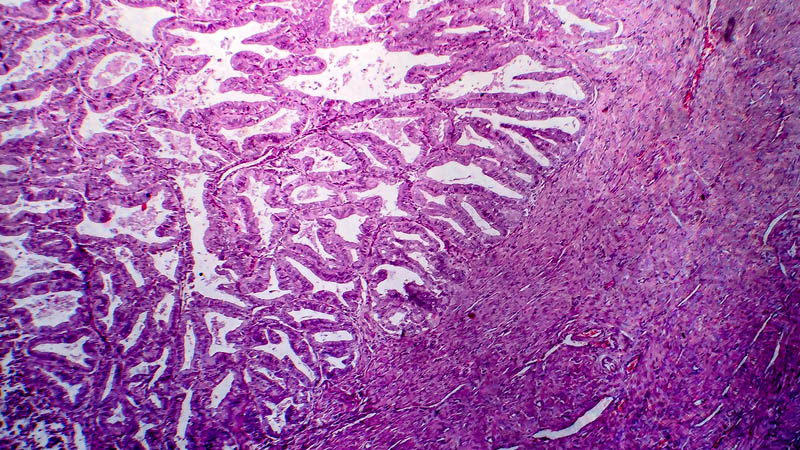Usage of hyperthermia in oncology
Agnieszka Timorek-Lemieszczuk, Agnieszka Nalewczyńska, Beata Śpiewankiwicz
 Affiliacja i adres do korespondencji
Affiliacja i adres do korespondencjiHyperthermia may be defined as a way of controlled elevation of temperature, targeted on neoplasm or adjacent tissues, organs, body part(s) or entire body. The first medical application of hyperthermia in modern medicine was described by Westermark in 1898: he used containers with continuous flow of water at temperature of 42-44°C to treat inoperable cervical cancer. In studies performed to date, hyperthermia was combined with standard therapeutic modalities – radiotherapy and chemotherapy, both intravenous and intraperitoneal. Studies revealed that effects of hyperthermia include induction of apoptosis, both mediated by suppressor protein p53 and by an independent mechanism. Depending on the range of temperatures used, hyperthermia may be classified as mild (about 39°C), moderate (40-41°C) and intense (over 42°C). Chemotherapeutic agents whose effect is enhanced by concomitant hyperthermia include alkylating drugs (ifosfamide, cyclophosphamide), antineoplastic antibiotics (bleomycin, adriamycin, mitomycin C and actinomycin), platinum derivatives, antimetabolites (5-fluorouracil) and gemcitabine (administered a day before or a day after heating). Hyperthermia combined with radiotherapy has a synergistic effect. This effect depends on degree of temperature elevation in target tissue (the higher the temperature, the greater the effect), duration of heating and chronologic order of implementation of both modalities. It appears that hyperthermia may contribute to improvement of still unsatisfactory treatment outcomes in gynecologic oncology, particularly in patients with ovarian cancer, cervical cancer and endometrial cancer.









